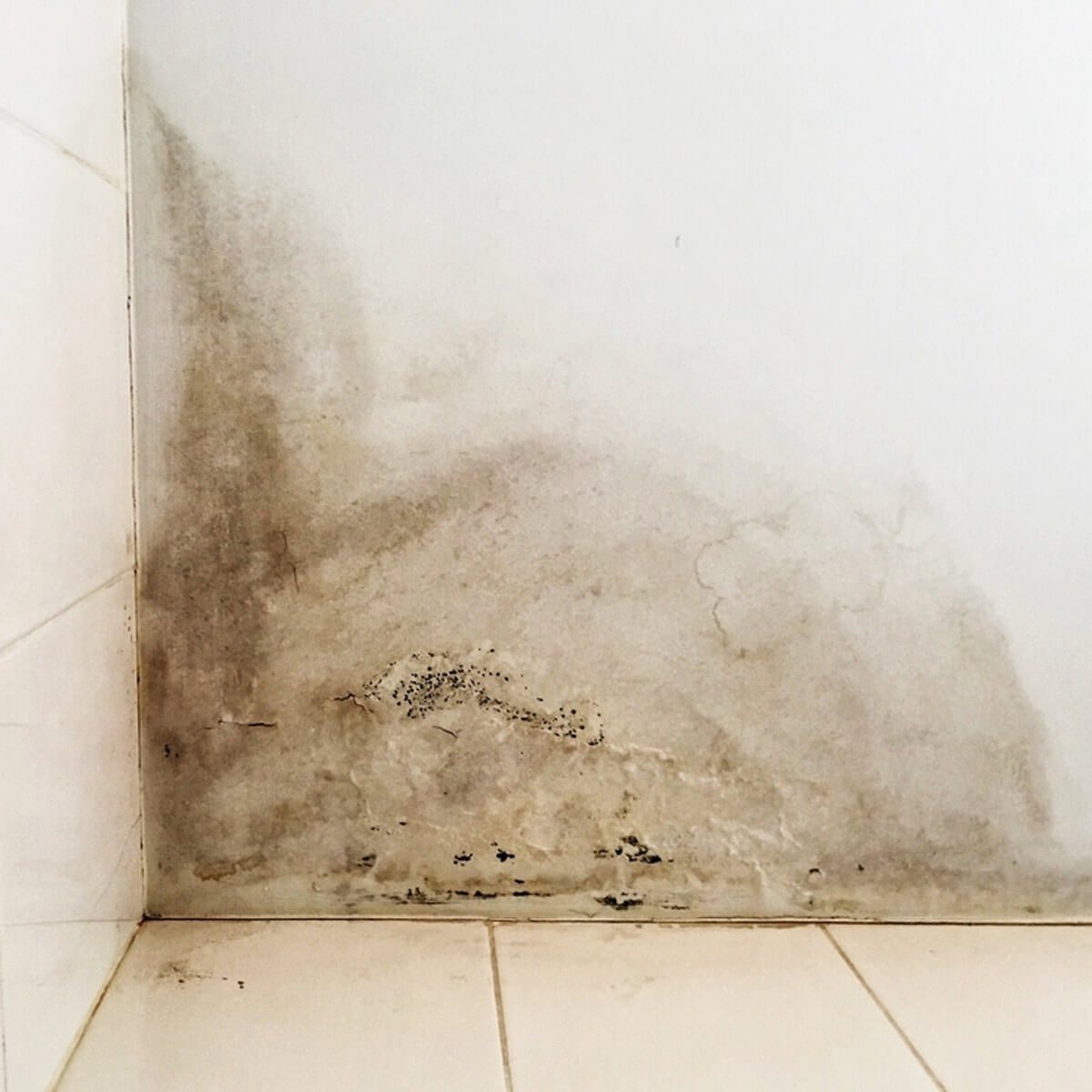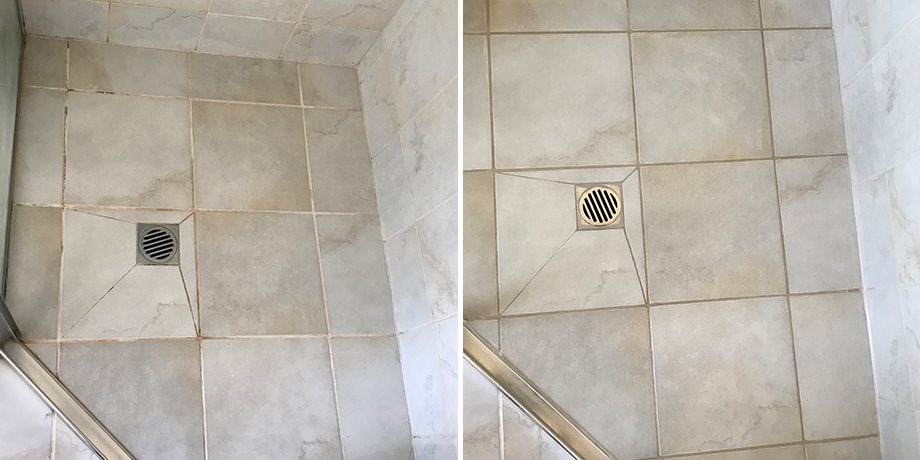How to Help Prevent Water Damage in Your Bathroom
Information HereThey are making several great points regarding Looking for Signs of Water Damage in the Bathroom in general in this great article just below.

The bathroom is incredibly at risk for damp buildup as well as possible water damage as a result of the frequent use water in it. This post offers basic examination techniques to aid detecting water damages threats.
The regular use water in the bathroom makes it very at risk for moist accumulation as well as possible water damage. By checking it regularly, you can reduce water associated problems.
The adhering to collection of inspections is easy to carry out as well as need to be done when in every 3 months in order to maintain your washroom in good shape and to prevent possible water damages caused by the bathtub, the shower, pipe joints as well as plumbing, sinks, cupboards, as well as the bathroom
Do not overlook doing these assessments as well as be complete while executing them. Remember that these straightforward inspections can save you a lot of money by providing early indications for water damages
Sinks and also Cabinets
Sinks and also cupboards are revealed to wetness as well as moisture everyday as well as are typically ignored. Examine routinely under the sink and on the countertop over it. Fix any type of drip in the trap as it may suggest drainpipe troubles. Check out the sink, slow-moving draining pipelines may indicate a blocked drain. Replace sink seals if they are broken or loose.
Bath tub and also Shower
The shower and also tub need special attention and also upkeep. Inspect the tiles and change if split. Ensure that there is no missing cement in between the ceramic tiles. Examine and change split caulking at joints where the walls meet the flooring or the tub. Blocked drains as well as pipes troubles will certainly avoid the bathtub from drying out and also might suggest major problems beneath the bath tub. Talk to an expert promptly to avoid structural damage. Take notice of stainings or soft areas around the bathtub wall surfaces as they might indicate an internal leakage.
Plumbing
Signs for water damages are hard to detect because most pipelines are set up inside the walls.
Pay unique focus to flooring and wall surfaces wetness and discolorations as they may indicate an unseen plumbing trouble. Inspect moisture degrees in adjoining areas also.
The Toilet
The bathroom is a vulnerable water joint. Check the water lines as well as search for leakages around the toilet seat, in the hose, as well as under the water container. If you discover any indications of dampness on the floor around the commode, check for leakages in the toilet rim as well as container seals.
Understand that hanging commode dish deodorants raises the chances for blockages.
How to Prevent Water Damage in Your Bathroom?
Water damage repair is an expensive, meticulous, and lengthy process. Unfortunately, bathrooms are the most susceptible rooms to water damage due to toilets, showers, and sinks. Pipes and fixtures wear out over time and are not immune to damage. But all is not lost, as there are ways to prevent water damage from occurring in your bathroom.
Check Your Plumbing
Nothing lasts forever, especially pipes, which can rust and begin leaking over time. You should periodically conduct pipe inspections and pay attention for any musty smells or water stains that may indicate you need water damage repair. Here are some things to check:
Frequently test valves for your toilet, shower, and sink to ensure they are properly working. Check faucet supply lines hidden under vanities and replace when needed. Replace cracked or deteriorating caulking along sinks, tubs, and showers. If you notice a clog in your sink, call in a professional. Since you can’t check the pipes in the wall, keep an eye out for stains, drywall bubbling, musty smells, and excess moisture; if the bathroom is on a second level, check the ceiling of the room directly below for these signs. Don’t Overwork Your Toilet
One of the most common reasons bathrooms need water damage repair is due to overflowing toilets. Save yourself the hassle of cleanup by being mindful and not pushing your toilet to extreme limits. If you have young children, it is especially important to keep an eye on them when they are in the bathroom and to teach them how to avoid clogging the toilet. Here are some more tips to help prevent your toilet from overflowing:
If you have a septic tank, only use septic-safe toilet paper Do not flush anything down the toilet besides toilet paper; items like diapers and sanitary napkins will clog the piping Pay attention to your toilet’s water level: If it’s low, it could mean it is partially clogged or that there is a crack in the toilet bowl Maintain Your Shower/Tub
Replace showers or tubs with cracks or other damage; even hairline cracks can allow water to seep in and cause damage. Grout and caulk help prevent water from seeping into walls and floors, so repair them if they are chipped, cracked, or deteriorating. Replace torn shower curtains or shower doors with seals that no longer work. Dry the floor and drain water from the tub immediately after use to prevent damage from sitting water. https://www.alure.com/home-improvements-blog/resources/how-to-prevent-water-damage-in-your-bathroom

Hopefully you liked our article on How to Fix a Water Damage Bathroom. Many thanks for taking time to read our post. Don't hesitate to take a moment to promote this write-up if you liked it. I value reading our article about Looking for Signs of Water Damage in the Bathroom.
Schedule Service